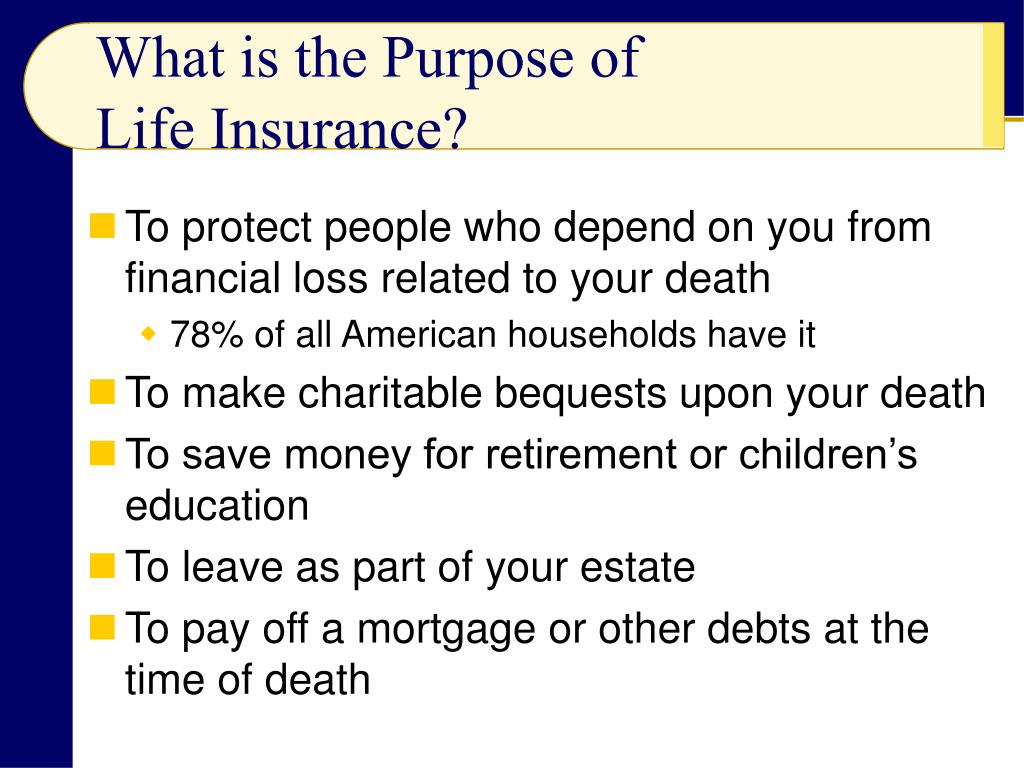Rumored Buzz on Pacific Prime
Rumored Buzz on Pacific Prime
Blog Article
The Greatest Guide To Pacific Prime
Table of ContentsGetting The Pacific Prime To WorkThe Of Pacific PrimeSome Ideas on Pacific Prime You Need To KnowHow Pacific Prime can Save You Time, Stress, and Money.The Main Principles Of Pacific Prime

This is because the data were collected for a duration of strong financial efficiency. Of the estimated 42 million people that were without insurance, just about about 420,000 (about 1 percent) were under 65 years old, the age at which most Americans end up being qualified for Medicare; 32 million were adults between ages 18 and 65, about 19 percent of all grownups in this age team; and 10 million were youngsters under 18 years of age, concerning 13.9 percent of all kids (Mills, 2000).
These price quotes of the number of persons uninsured are generated from the annual March Supplement to the Current Population Survey (CPS), performed by the Demographics Bureau. Unless otherwise kept in mind, nationwide price quotes of people without health and wellness insurance policy and percentages of the population with different sort of insurance coverage are based on the CPS, one of the most commonly used resource of quotes of insurance protection and uninsurance rates.
Indicators on Pacific Prime You Should Know

Still, the CPS is especially useful due to the fact that it creates yearly quotes reasonably quickly, reporting the previous year's insurance policy protection approximates each September, and since it is the basis for a regular collection of price quotes for more than 20 years, enabling for evaluation of fads in protection in time. For these reasons, as well as the substantial use the CPS in other research studies of insurance policy protection that exist in this report, we depend on CPS quotes, with limitations kept in mind.

The estimate of the variety of without insurance people broadens when a populace's insurance status is tracked for numerous years. Over a three-year period starting early in 1993, 72 million people, 29 percent of the united state populace, were without insurance coverage for a minimum of one month. Within a single year (1994 ), 53 million individuals experienced at least a month without insurance coverage (Bennefield, 1998a)
Six out of every 10 without insurance adults are themselves employed. Although working does boost the possibility that a person and one's member of the family will certainly have insurance coverage, it is not a warranty. Even members of families with 2 full time breadwinner have almost a one-in-ten opportunity of being without insurance (9.1 percent uninsured rate) (Hoffman and Pohl, 2000).
The Definitive Guide to Pacific Prime
New immigrants make up a substantial proportion of individuals without health insurance policy. One evaluation has actually attributed a considerable portion of the recent development in the size of the united state uninsured population to immigrants that showed up in the country between 1994 and 1998 (Camarota and Edwards, 2000). Current immigrants (those who came to the United States within the past 4 years) do have a high price of being without insurance (46 percent), but they and their youngsters make up just 6 percent of those without insurance policy nationally (Holahan et al., 2001).
The connection between health and wellness insurance and accessibility to care is well established, as recorded later on in this phase. The connection in between wellness insurance and health and wellness outcomes is neither direct neither straightforward, an extensive clinical and health solutions research study literature links health and wellness insurance coverage to enhanced access to care, better high click for info quality, and enhanced individual and population health and wellness condition.
Levels of evaluation for checking out the results of uninsurance. It concentrates specifically on those without any health insurance policy for any kind of size of time.
Pacific Prime - Questions
The problems dealt with by the underinsured are in some areas comparable to those encountered by the uninsured, although they are generally less serious. Wellness insurance policy, however, is neither needed neither sufficient to acquire accessibility to medical services. The independent and straight effect of health insurance policy coverage on accessibility to health and wellness services is well established.
Others will acquire the healthcare they require even without medical insurance, by spending for it out of pocket or seeking it from carriers that offer treatment totally free or at very subsidized rates. For still others, wellness insurance coverage alone does not guarantee invoice of treatment as a result of various other nonfinancial obstacles, such as an absence of healthcare carriers in their neighborhood, minimal accessibility to transportation, illiteracy, or etymological and social differences.
Pacific Prime Fundamentals Explained
Official study regarding without insurance populaces in the United States dates to the late 1920s and early 1930s when the Committee on the Expense of Treatment created a series of reports regarding funding medical professional workplace visits and hospitalizations. This issue became salient as the numbers of clinically indigent climbed during the Great Clinical depression.
Report this page